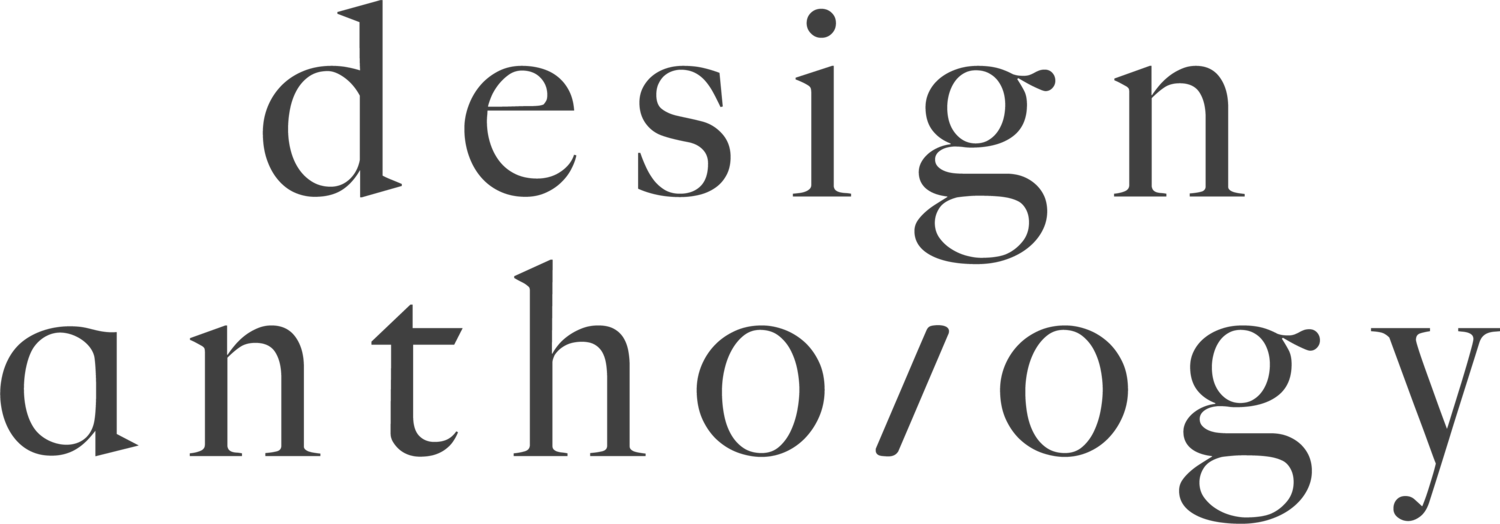History in the Making Explores our Relationship with Materials
This exhibition at Melbourne’s National Gallery of Victoria explores the materials used in art and design production, seeking to provoke thoughts on the way humans plunder the natural world — and why it’s important to find new models of sustainability
The NGV's curator of contemporary design and architecture Simone LeAmon. Image by Julian Kingma
In looking at art and design pieces, it’s sometimes possible to overlook the foundations of the work — the materials used to create them. An exhibition at the National Gallery of Victoria seeks to change that by putting materials at the forefront. History in the Making is a showcase of items that appear unrelated at first glance but have been grouped together to help create dialogues about materials and their role in the production of designed items.
The objects — including a Campana Brothers leather sofa, a Rolf & Viktor ballgown, Lucy McRae's lamp covered in what looks like echidna skin but is really thousands of toothpicks, and a bone china tea set by Marc Newson — have been curated from the NGV’s collection for their potential to raise questions about the use of materials, the relationships between natural and synthetic materials and, ultimately, about sustainability and our responsibility to find or create new systems to produce, reuse and recycle.
The NGV’s curator of contemporary design and architecture Simone LeAmon put the exhibition together after years of thinking about objects and materiality. ‘I’m trying to discuss this idea that materials are engaged with through the means by which they’re put to use,’ LeAmon explains. “The exhibition is trying to encourage people to think about that, and how we’re placing unprecedented demand on materials and in larger volumes. We’ve now passed the point in history where the amount of human-made materials surpasses the biomass on the planet, and we need to think carefully about how and why we use them from now on.’
LeAmon’s starting point in curating the show was 18th-century Swedish botanist and scientist Carl Linnaeus’s taxonomy of living things. Linneaus was the first to classify organisms as animal, vegetable or mineral, and for the purposes of the exhibition, LeAmon added one more — synthetic. This classification helps us to understand more about the way humans relate to the natural world. A Sol Shapiro seal-fur chair, which nowadays rarely ventures out of the warehouse, so controversial is the use of the fur, raises questions of why some animals, like seals, are protected while others like cattle are farmed industrially? Other pieces on show prompt us to ask why we’re comfortable eating off plates that are made almost entirely of bone; why we’re content to wear synthetic clothing, knowing it’s made from by-products of petroleum; and why we’re happy to cut down trees for single-use objects like toothpicks.
‘It’s like we haven’t placed enough value on materials, the fact that we’re so ready to dispose of them, send them to landfill or burn them, and not harness or retrieve that value,’ LeAmon says. ‘I think that looking into the future from a position of design, it’s about how you design things that can be disassembled easier, recycled easier. These are established principles that now really need to be put into broader practice.’
History in the Making runs until 24 October 2021 at NGV International, St Kilda Road, Melbourne
Text / Aarti Betigeri
Installation view of Dowel Jones’ Never Grow Up bench. Image by Sean Fennessy
Dowel Jones’ Never Grow Up bench. Image by Sean Fennessy
Image by Sean Fennessy
Image by Sean Fennessy
Installation view of Gali Yalkarriwuy’s Bänumbirr (Morning star poles). Image by Sean Fennessy
Image by Sean Fennessy
Image by Sean Fennessy
Image by Sean Fennessy
Image by Sean Fennessy
Image by Sean Fennessy
Image by Sean Fennessy
Image by Sean Fennessy
Image by Sean Fennessy
Image by Sean Fennessy
Image by Sean Fennessy
Image by Sean Fennessy
Image by Sean Fennessy
Image by Sean Fennessy
Image by Sean Fennessy
Installation view of Nike’s Air Jordan Spizike. Image by Sean Fennessy
Installation view of Karl Lagerfeld boots from 1994. Image by Sean Fennessy






















